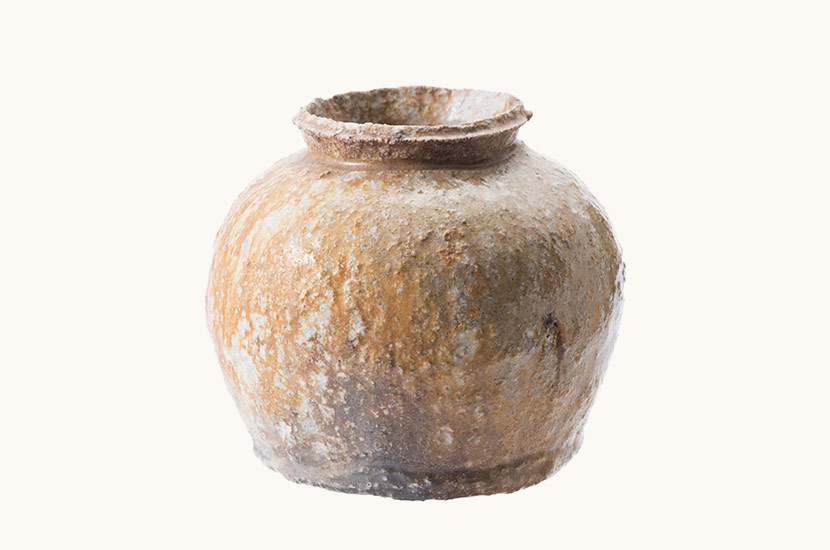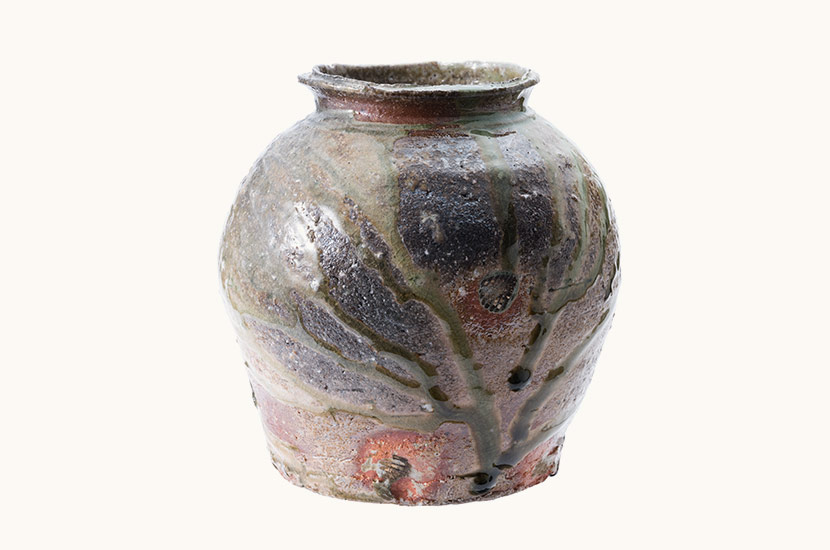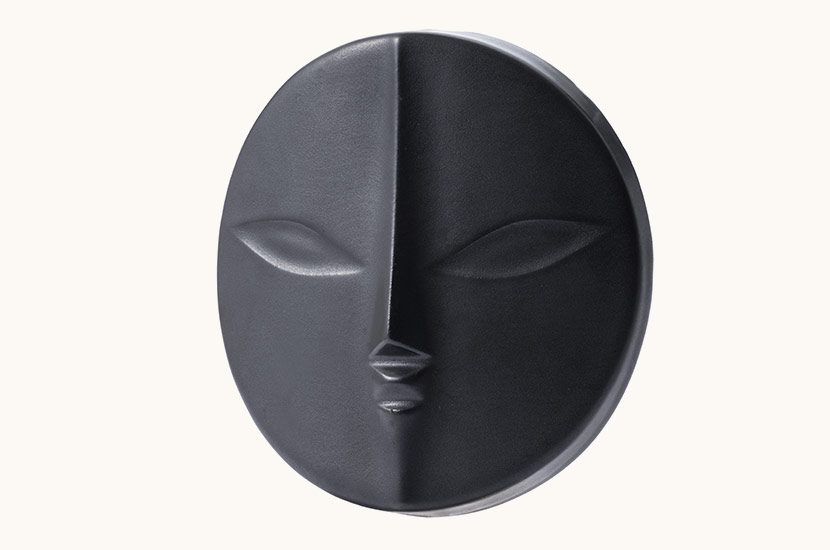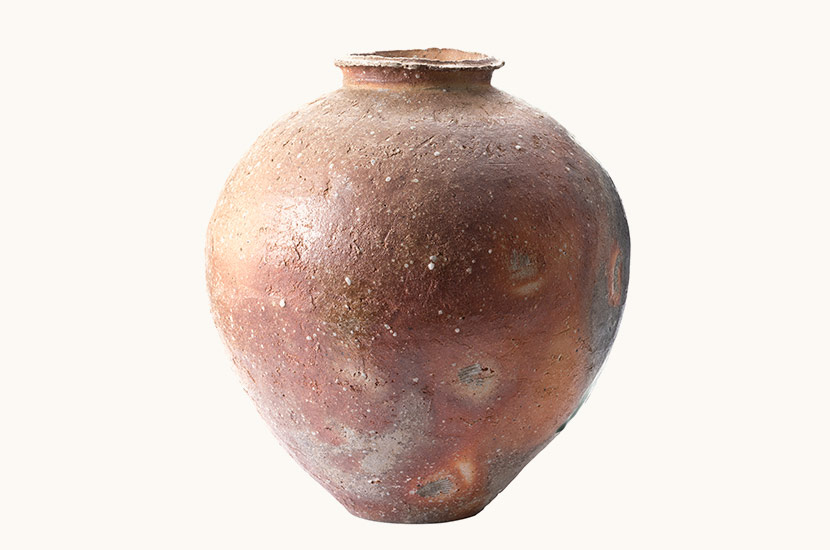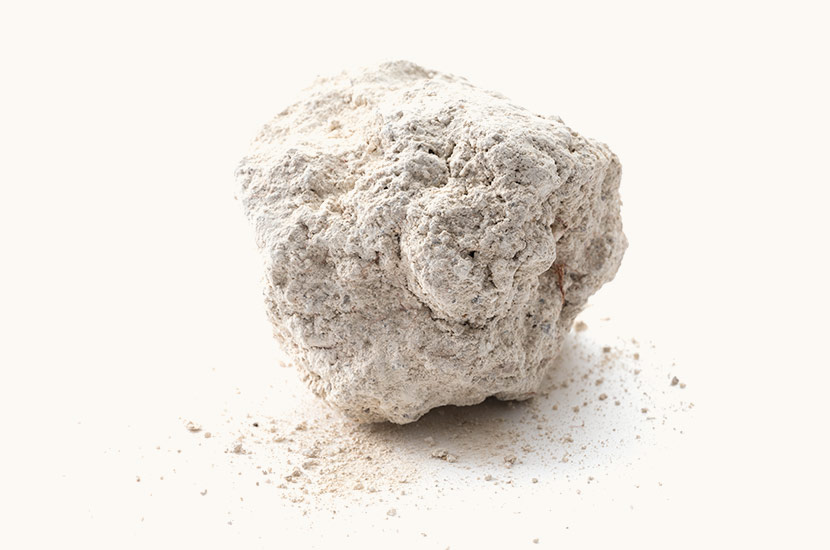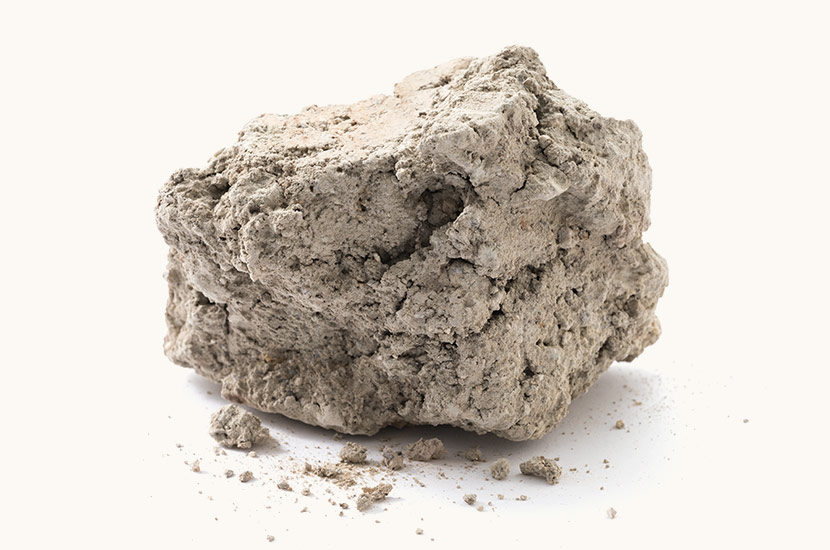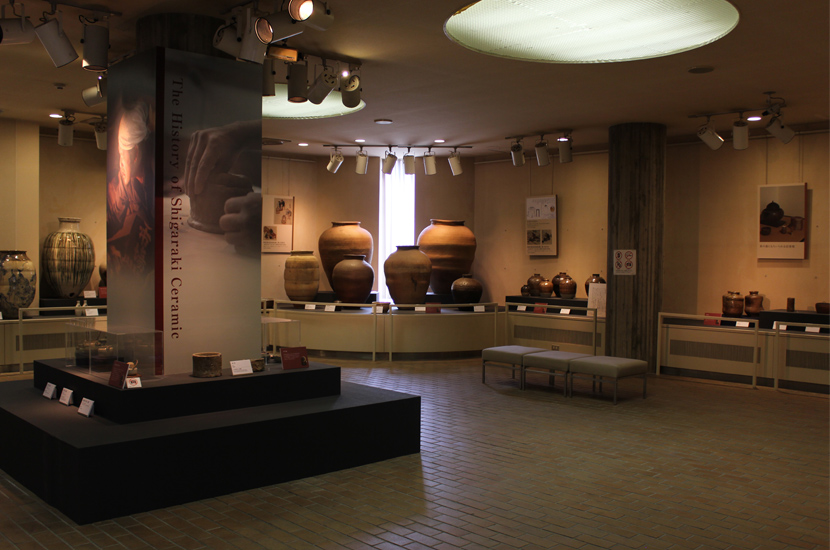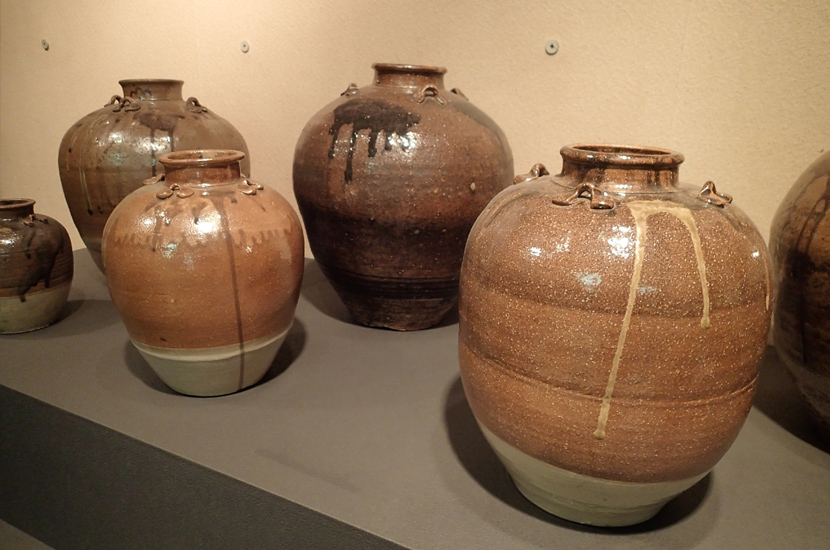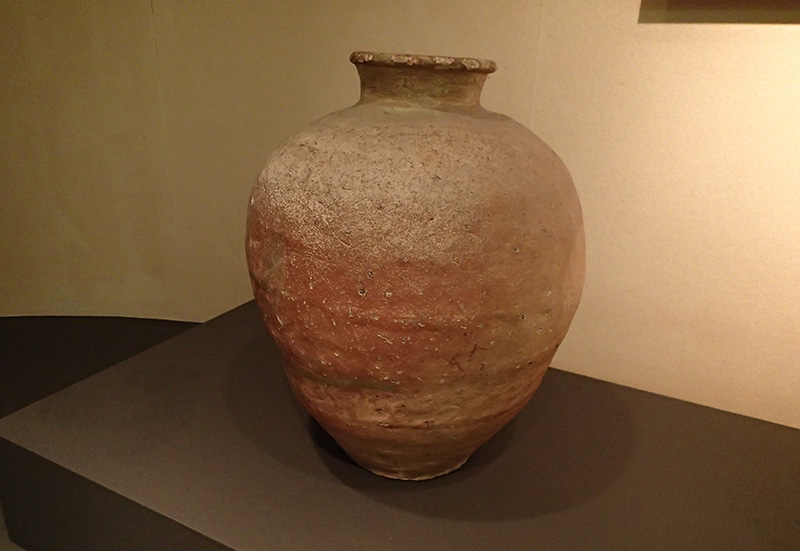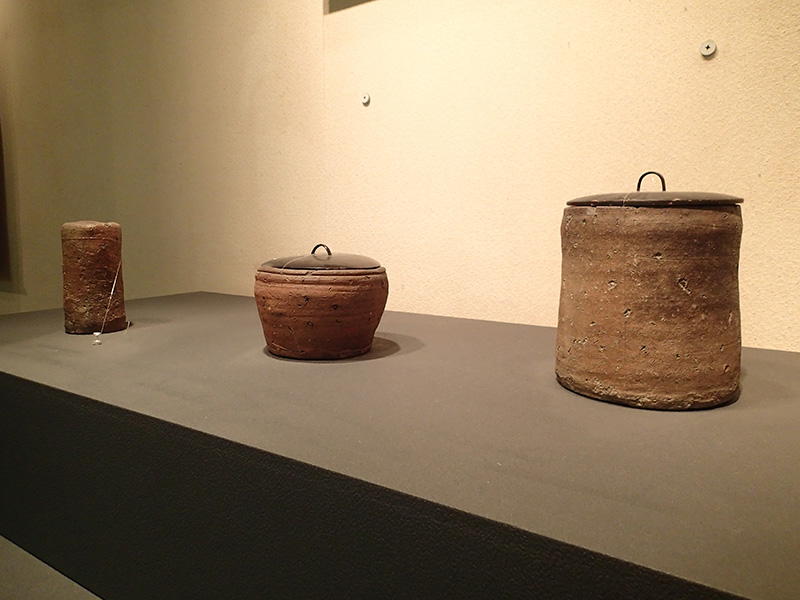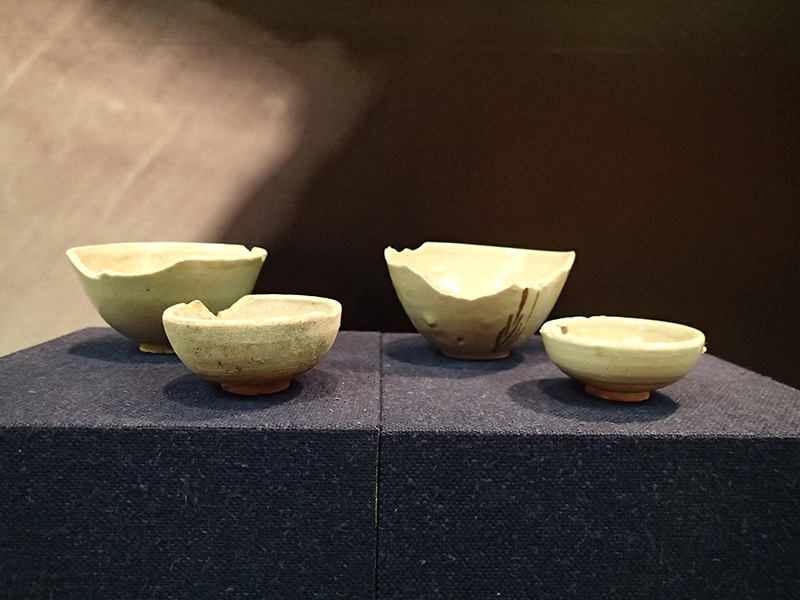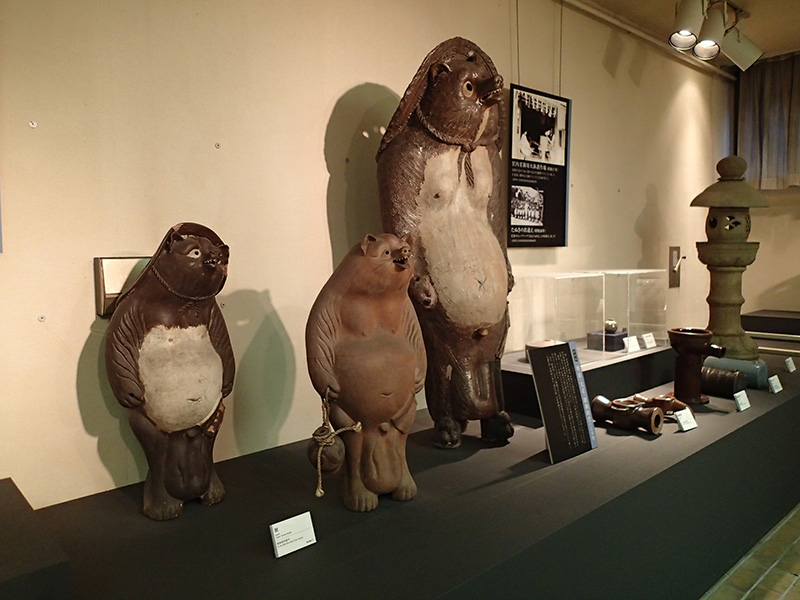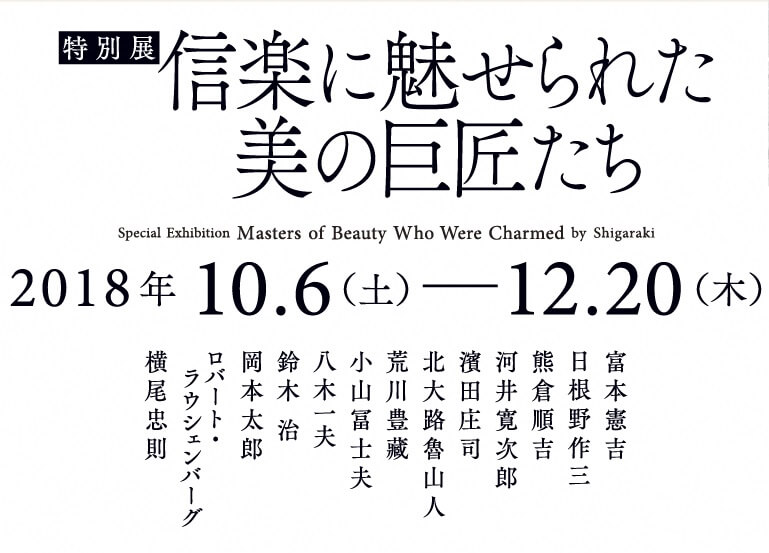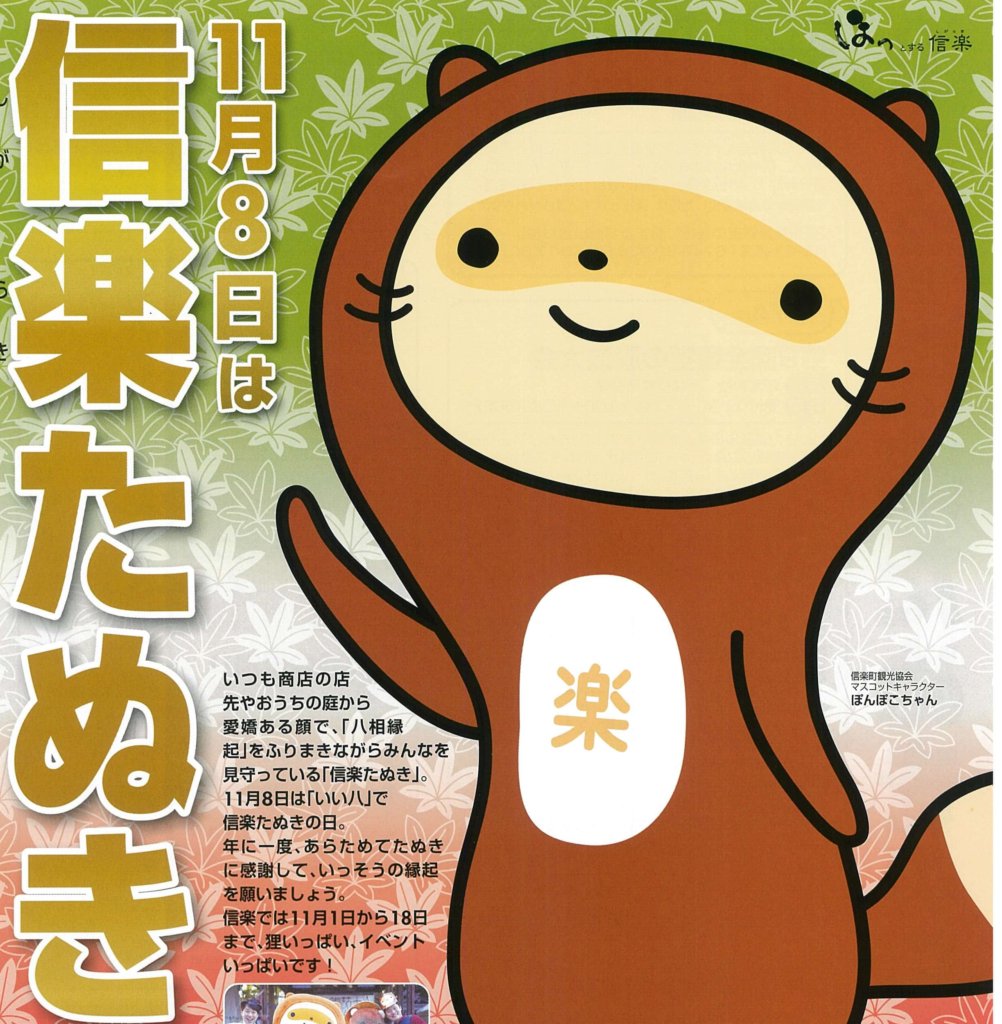Koka City, Shiga
Born from the beauty of Lake Biwa
Koka City is the birthplace of Shigaraki pottery,located in the southern part of Shiga. It has am important transportation hub as it is less than 100 km from Osaka and Nagoya,and water source of Lake Biwa In the 13th century, kilns ware built under the influence of Tokoname. The foundation of Shigaraki pottery is granite rocks that spread across the mountains about 65 million years ago. Then, around 4 million years ago, it is said that there was an old lake near the present area of Iga City, which, in the span of 400,000 years became what we know today as Lake Biwa. At the bottom of this Paleo-Lake Biwa Formation are animal and plant remnants along with granite and rhyolite, which have all accumulated to produce the quality clay that was found and used in the city’s pottery. Shiga is also known for its land to be surrounded by mountains on all sides. By traveling over the mountains, the pottery was transported to neighboring cities such as Uji, Osaka, and Iga. In the 16th century, Kyoto was known as the closest and largest city with a high rate of consumption, and Shigaraki took advantage of this opportunity to transport and sell its pottery. During the Sengoku period (1467-1568), not only were tools for tea ceremonies being produced but also tiles, flower pots, raccoon dog figurines, and almost anything imaginable was being produced. It was a strong-willed production area where tradition and culture worked hand in hand and worked to the motto “Anything that can be shaped, can be created”and produced products tailored to the needs of its consumers.
Visit Constituent Cultural Property
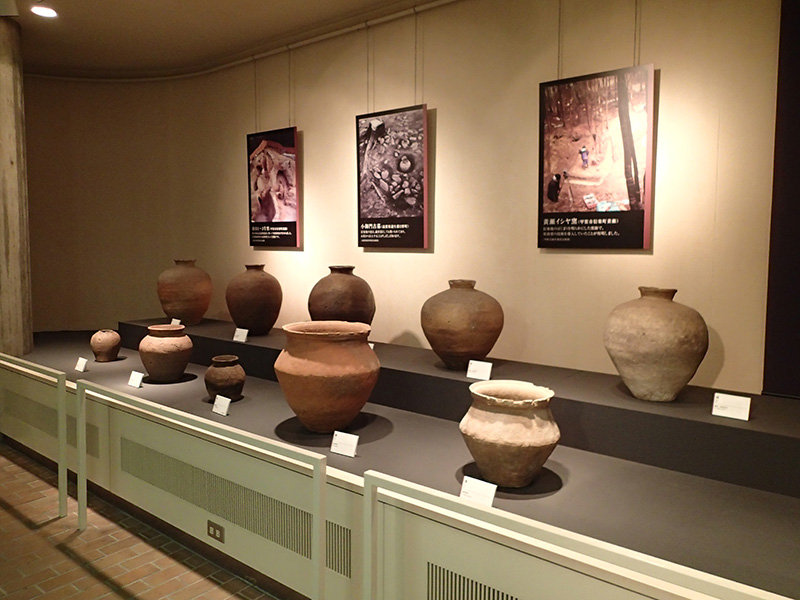 Jar / Pot
Jar / Pot










